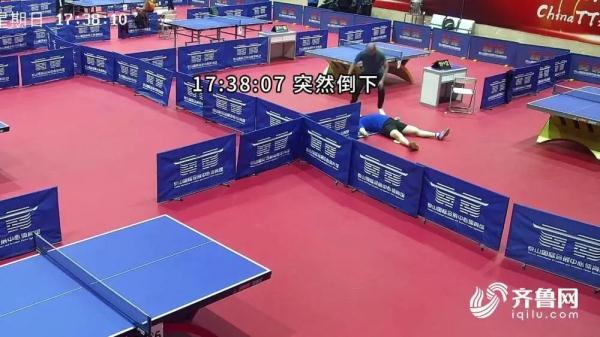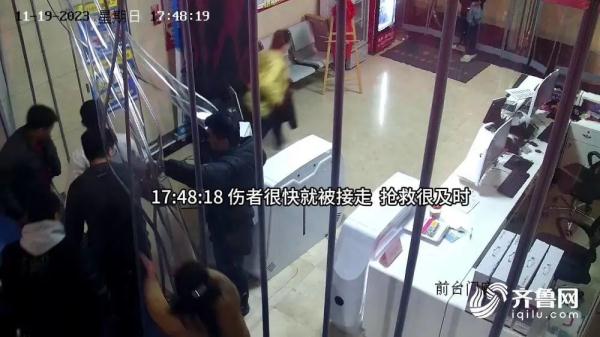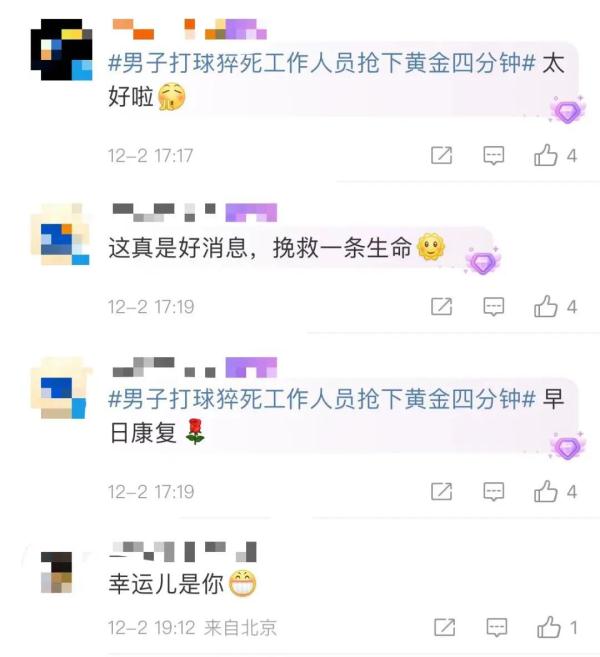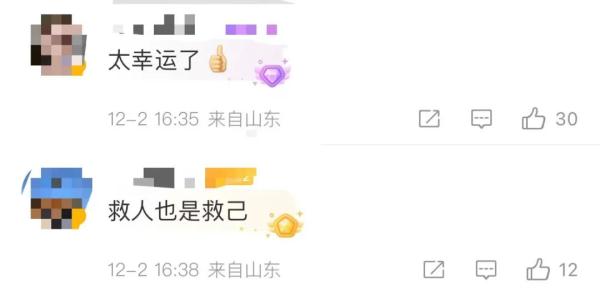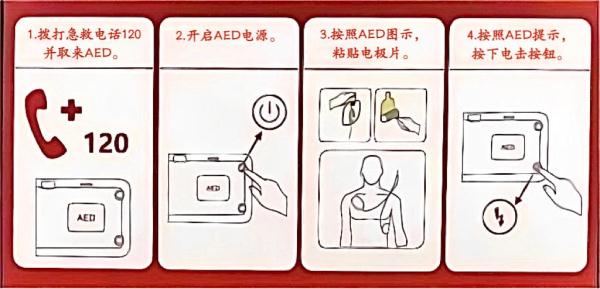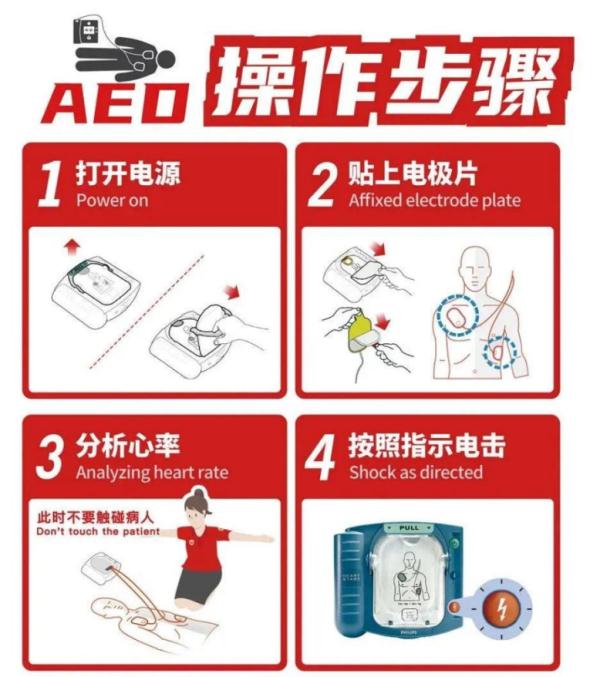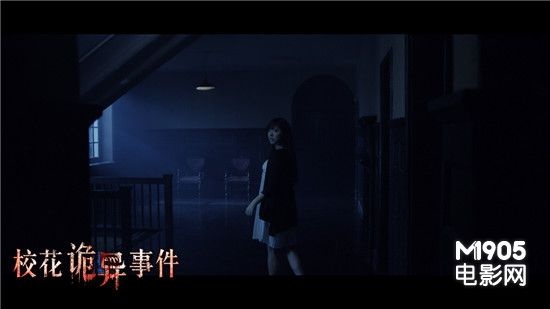Notice of Hangzhou Municipal People’s Government on Printing and Distributing the Municipal Overall Implementation Plan for Comprehensive Implementation of Basic Medical Insurance in Hangzhou
District and county (city) people’s governments, municipal government departments and directly affiliated units:
The "Hangzhou comprehensive implementation of the basic medical insurance municipal overall implementation plan" issued to you, please earnestly organize the implementation.
Hangzhou Municipal People’s Government
November 16, 2021
(This piece is publicly released)
Hangzhou has fully implemented basic medical insurance.
Municipal overall implementation plan
In order to comprehensively implement the municipal overall planning of basic medical insurance, further improve the basic medical insurance system, enhance the operational efficiency and risk resistance of the basic medical insurance fund, and improve the service level of medical security, this implementation plan is formulated according to the relevant requirements of the state and the province on deepening the reform of the medical security system, combined with the actual situation of our city.
I. Objectives and tasks
Since January 1, 2022, in accordance with the standards of unified system and policy, unified fund collection and expenditure, and integrated management and service, we will realize municipal-level overall planning of basic medical insurance and accelerate the construction of a more fair, sustainable and high-quality basic medical security system.
Second, the basic principles
(1) Adhere to fair enjoyment and coordination. In accordance with the requirements of "do your best and do what you can", improve and unify the city’s basic medical insurance policy, deepen the "three-medical linkage" and "six-medical overall planning", and realize the insured’s legal insurance payment and fair enjoyment of basic medical security.
(2) Adhere to overall fund planning and risk sharing. The implementation of the basic medical insurance fund municipal unified revenue and expenditure management, unified accounting, overall use, strict implementation of fund revenue and expenditure budget management, establish and improve the city and district, county (city) two levels of fund risk responsibility sharing mechanism, improve the overall level of fund risk resistance.
(three) adhere to the system, clear rights and responsibilities. In accordance with the requirements of "municipal overall planning and hierarchical management", balance the interests of all parties, clarify the division of responsibilities between the city and the district and county (city), and establish an incentive and restraint mechanism linked to management performance.
(4) Adhere to smooth convergence and serve the convenience of the people. Carefully adjust the medical security policy to ensure that the overall treatment level of the insured does not decrease; Optimize the handling process of "city-wide general office" to promote the wisdom and convenience of medical security public services.
Third, the main measures
(1) Unified system and policies.
In accordance with the notice of Hangzhou Municipal People’s Government on printing and distributing the measures for basic medical security in Hangzhou (Hangzhou Zheng [2020] No.56, hereinafter referred to as the "Measures") and other municipal medical security policies and relevant regulations, the city implements unified basic policies such as basic medical insurance for employees (including maternity insurance, hereinafter referred to as employee medical insurance) and basic medical insurance for urban and rural residents (hereinafter referred to as urban and rural medical insurance). Implement a unified medical insurance payment method and establish a hierarchical management mechanism; Implement a unified basic medical insurance drug list and medical service items (including medical materials) list, medical service prices, medical equipment bidding and procurement policies.
1. Insurance payment policy.
(1) Low-level personnel support the insurance. The medical insurance premiums for urban and rural residents who hold the "Minimum Living Security Marginal Family Certificate" shall be uniformly adjusted to be fully subsidized by the government.
(2) Employee medical insurance payment base. The total wages of the employees of the employing unit are determined according to the sum of the wages paid by the insured employees of the unit, and the base of the wages paid by the on-the-job employees is determined according to the average monthly salary of the previous year. If the employee’s payment wage is lower than the average monthly wage of employees in the whole social unit in Zhejiang Province in the previous year (hereinafter referred to as the provincial flat wage) by 60%, it shall be determined according to the provincial flat wage in the previous year; If it is higher than 300% of the provincial average wage in the previous year, it shall be determined according to 300% of the provincial average wage in the previous year.
2. Treatment waiting period policy.
(1) on-the-job employees. If the employees interrupt the insurance, they will enjoy the medical insurance benefits for employees in the third natural month from the payment month after re-handling the insurance payment procedures. If the employer fails to pay the employee’s medical insurance premium in full and on time, the insured shall suspend the employee’s medical insurance benefits from the second natural month; The tax authorities shall order the employer to pay the supplement within a time limit, and the time limit for paying the supplement within a time limit shall generally not exceed 60 days from the date of making the decision. If the employer pays the employee’s medical insurance premium in full within the time limit, the insured person will resume enjoying the employee’s medical insurance benefits from the second natural month of full payment, and the medical expenses incurred during the period from suspension to restoration of the employee’s medical insurance benefits will be reimbursed by the basic medical insurance fund. If the employer fails to pay the supplementary employee medical insurance premium within the time limit, the employee medical insurance benefits that the insured shall enjoy shall be borne by the employer from the second natural month after the unpaid insurance premium.
(2) Flexible employees. Flexible employment personnel who participate in the medical insurance for employees in this Municipality for the first time shall enjoy the medical insurance benefits for employees from the second natural month of registration. If the flexible employment personnel interrupt the insurance, they will not enjoy the medical insurance benefits for employees during the interruption of the insurance; If normal payment is resumed, employees will enjoy medical insurance benefits in the third natural month from the normal payment month.
(3) Urban and rural residents. Urban and rural residents’ medical insurance insured fails to go through the procedures for participating in (continuing) insurance payment within the time specified in the Measures, and can apply for paying the annual medical insurance premium for urban and rural residents, and enjoy the medical insurance benefits for urban and rural residents in the remaining months of the settlement year from the third natural month of the payment month.
(4) others. In addition to the above circumstances, if the insured person needs to bear the waiting period of treatment according to the provisions of the Measures after changing the medical insurance coverage or handling the transfer and connection procedures, it will be uniformly adjusted to enjoy the medical insurance treatment corresponding to the new insurance coverage from the third natural month of the new insurance payment month.
3 employee medical insurance personal accounts included in the measures.
The personal account funds of on-the-job employees and flexible employees are uniformly allocated according to the standards of Hangzhou urban area. The personal account funds of retirees who have applied for medical insurance before December 31, 2021 shall be uniformly allocated according to the amount of retirement transfer approved in 2021; After January 1, 2022, the quota standard for personal account transfer of new medical insurance retirees was determined according to the personal account transfer policy of the original medical insurance management area in 2021. Unless otherwise provided by the province, such provisions shall prevail.
4. Outpatient treatment policy.
(1) Chronic disease clinic. The insured person’s outpatient medical expenses for chronic diseases in a settlement year meet the payment scope of the basic medical insurance fund and should be borne by the individual, and are included in the payment scope of the serious illness insurance fund. The management scope of chronic diseases shall be implemented according to the relevant provisions of the province and the city.
(2) Outpatient dialysis of chronic renal failure. Will suffer from chronic renal failure to outpatient dialysis treatment of the insured into the city’s special medical assistance. For outpatient dialysis expenses that occur in dialysis designated medical institutions and meet the requirements, employees’ medical insurance insured individuals bear 5%, and urban and rural residents’ medical insurance insured individuals bear 10%; The rest of the medical expenses that should have been borne by individuals after the settlement of basic medical insurance and serious illness insurance according to regulations shall be paid by medical assistance funds. The scope of fund payment and settlement management measures shall be uniformly implemented in accordance with Hangzhou urban policy.
5. Medical treatment management policy.
The city unified the grading diagnosis and treatment system in accordance with the policy of Hangzhou city. Give full play to the regulatory role of the medical community in the structure of diagnosis and treatment and the structure of medical expenses inside and outside the county, and promote the treatment of diseases, rational examination and rational use of drugs. The implementation of a unified management policy for medical treatment in different places, the insured in principle should be directly settled by my valid medical certificate. Medical treatment in different places in the province shall be exempted from filing, and the medical treatment shall be implemented according to the relevant regulations of Hangzhou. The medical expenses of maternity insurance that cannot be directly settled shall be paid in full by the individual and settled by the medical insurance agency according to the regulations. Medical treatment in different places outside the province is generally implemented according to the policy of temporary going out for medical treatment in Hangzhou. After eligible insured persons go through the procedures of referral filing and permanent residence filing in other places, medical treatment is implemented according to the relevant provisions of Hangzhou.
(2) Unified collection and expenditure of funds.
1 unified fund budget and final accounts management. According to the relevant provisions of the budget management of social insurance funds, the draft budget and final accounts of employee medical insurance and urban and rural residents’ medical insurance funds shall be compiled in a unified way, which shall be examined and approved by the whole city and then implemented according to the procedures. Implement the supervision of the whole process of budget and final accounts to enhance the binding and seriousness of the fund’s budget and final accounts.
2. Unified fund revenue and expenditure management. Clarify the subject of fund collection, adjust the income level, and unify the rules of income transfer, fund use and payment management. The implementation of municipal funds unified revenue and expenditure, unified accounting, account management.
3 unified fund transfer and deposit. In the basic medical insurance municipal co-ordination, to Tonglu County, Chun ‘an County and jiande city medical insurance fund to carry out special audit, clear over the years debt, arrears and fund balance and transfer methods, establish and improve the fund balance deposit management mechanism.
4. Unified responsibility sharing mechanism. In accordance with the principle of "unified fund revenue and expenditure, graded responsibility, and reasonable gap sharing", we will establish and improve the responsibility sharing mechanism at the city, district and county (city) levels, so as to realize the equality of rights and obligations, the matching of financial rights and administrative powers, and the combination of incentives and constraints.
The detailed rules for the implementation of the unified revenue and expenditure of the basic medical insurance fund shall be formulated separately by the municipal medical security department in conjunction with the departments of finance, taxation and auditing.
(3) Integration of management and services.
Further promote the "streamline administration, delegate power, strengthen regulation and improve services" reform in the field of medical insurance, create an efficient and convenient medical insurance service system, and effectively improve service efficiency and service level.
1. Unified protocol management. Formulate and implement unified measures for the agreement management of designated medical institutions, improve the dynamic management mechanism of access and exit, implement unified conditions, evaluation rules and working procedures for designated medical institutions, sign unified agreements and implement unified assessment methods.
2. Unified handling services. Unify the layout of handling outlets, make use of the advantages of cooperative outlets such as banks, insurance companies and medical institutions to create a "30-minute medical insurance service circle" and strive to build a "15-minute medical insurance service circle". Unified handling service standards, realize the standardization of site setting, handling process and service image. Unify the management mode of handling, establish and improve the hierarchical and classified management system, and realize the "separation of handling, one network handling, one window handling and the whole city handling" of medical insurance handling business. Unified handling platform construction, in accordance with the requirements of the province’s "smart medical insurance" information system construction, build a unified medical insurance handling service platform.
3 clear division of labor between the city and the district and county (city). Actively explore a medical security management system that is consistent with the actual situation in our city and compatible with the municipal overall planning of basic medical insurance. The municipal government and its relevant departments are responsible for formulating and adjusting the city’s medical security policies, guiding and managing various medical security services, building and maintaining medical security information systems, making overall plans for the supervision and management of funds, and organizing and implementing the assessment of districts and counties (cities). District, county (city) governments and their relevant departments are responsible for implementing various medical insurance policies, and completing tasks such as enrollment expansion, fund revenue and expenditure, and medical insurance business handling.
Fourth, organizational guarantee
(1) Strengthen organizational leadership. It is an important content of deepening the reform of medical security system to comprehensively implement the municipal overall planning of basic medical insurance, which is related to the vital interests of the majority of insured persons and the overall situation of reform, development and stability. All districts and counties (cities) should earnestly raise awareness, strengthen leadership, meticulously organize and solidly promote the implementation of various policies. It is necessary to continuously improve the medical security system, strengthen the construction of personnel and information systems, and ensure that it is compatible with the development of medical insurance in the new era.
(2) Strengthen departmental coordination. The medical security department should take the lead in the specific implementation, properly carry out the smooth convergence of municipal overall policies, do a good job in fund supervision and actuarial balance, and put forward suggestions for policy adjustment in a timely manner according to the operation of the fund to ensure the smooth operation of the fund and improve the efficiency of management services. The financial department should strengthen and improve the management of the fund’s financial accounts, and implement various government subsidies according to regulations. Health departments should strengthen the comprehensive supervision of medical institutions within the municipal overall planning system and do a good job in the construction of graded diagnosis and treatment system. The tax authorities shall perform the duties of collecting and paying the basic medical insurance premiums according to law, and do a good job in the adjustment of collection levels and related collection work. The audit department should strengthen the audit supervision of the city’s basic medical insurance fund before and after the municipal overall planning. Other relevant municipal departments and district and county (city) governments shall do relevant work according to their duties, study and solve problems encountered in the process of work implementation in a timely manner, and report for instructions according to regulations if it is difficult to solve.
(3) Pay attention to publicity and guidance. Strengthen positive publicity and public opinion guidance, thoroughly and accurately interpret the municipal overall planning policy of basic medical insurance, respond to the concerns of the masses in a timely manner, actively guide the insured to seek medical treatment in a reasonable and orderly manner, and effectively enhance the awareness, recognition and satisfaction of all sectors of society on relevant policies.
This implementation plan shall come into force as of January 1, 2022, and the Municipal Medical Security Bureau shall take the lead in organizing the implementation. Unless otherwise stipulated by the state or province, such provisions shall prevail. If the previous documents are inconsistent with the provisions of this implementation plan, this implementation plan shall prevail.
 Notice of Hangzhou Municipal People’s Government on Printing and Distributing the Municipal Overall Implementation Plan for Comprehensive Implementation of Basic Medical Insurance in Hangzhou. pdf
Notice of Hangzhou Municipal People’s Government on Printing and Distributing the Municipal Overall Implementation Plan for Comprehensive Implementation of Basic Medical Insurance in Hangzhou. pdf

















